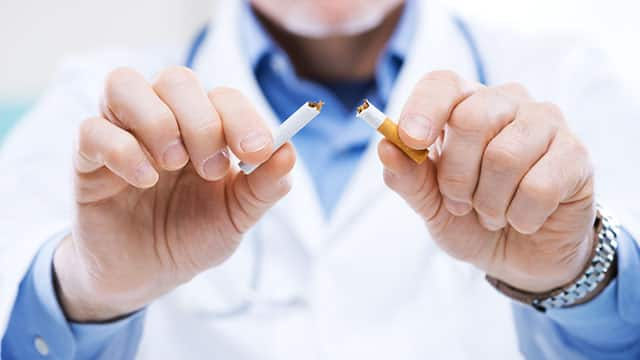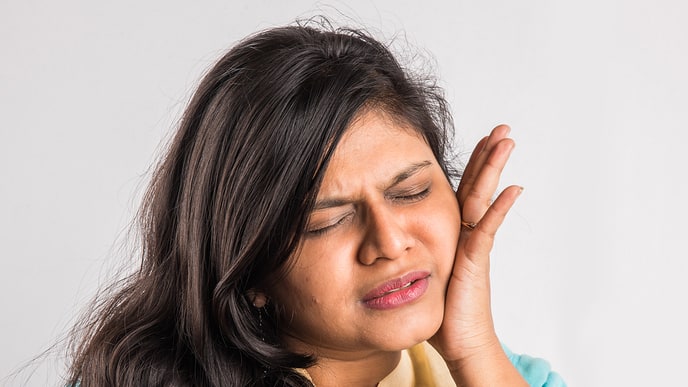Several factors contribute to tooth discoloration, with nicotine and tobacco being significant culprits. Whether through smoking or chewing tobacco, nicotine tends to stain tooth enamel, leading to both dental and medical issues. Consistent smoking results in darker teeth with stubborn stains that can penetrate deep into the enamel. Ignoring these stains might lead to significant oral complications over time.
How Does Smoking Impact Your Teeth and Oral Health?
The effects of smoking on oral health encompass a long and concerning list. For smokers, some consequences are apparent, but many are quite alarming.
- Discoloration and Staining: Smoking can lead to teeth staining and discoloration. A study by the Centers for Disease Control and Prevention (CDC) highlights that smokers are twice as likely to experience tooth discoloration compared to non-smokers.
- Gum Disease and Tooth Loss: Smoking increases the risk of gum disease and accelerates tooth loss. According to NDTV article, a Birmingham University study indicates that male smokers face a 3.6 times higher likelihood of tooth loss compared to non-smokers. In contrast, female smokers exhibit a 2.5 times increased risk.
- Oral Cancer Risk: Smoking significantly heightens the risk of oral cancer. The Oral Health reports that smokers are ten times more likely to develop oral cancer than non-smokers.
- Compromised Healing and Dental Procedures: Smoking weakens the immune system, slowing the healing process after dental procedures. According to the WHO, smokers recover longer after dental surgery due to compromised immune responses.
Tips to remove smoking stains on teeth
Your smile, often considered your most appealing feature, suffers when the nicotine and chemicals in cigarettes turn your teeth brown or yellow, robbing them of their beauty. Stains on teeth are a prevalent consequence of smoking, emerging within just a few months of regular use.
The intensity of these yellow stains, linked to smoking, depends on various factors, including:
- Frequency of smoking
- Type of tobacco product used
- Effectiveness of your oral hygiene regimen
- Genetic predisposition to staining
The most effective solution to remove these stains is to quit smoking altogether. However, the next best thing is to choose from these solutions:
- Brushing regularly: Ensure you utilise a high-quality toothbrush and a teeth whitening toothpaste to brush your teeth at least twice daily, a regular toothpaste will not be able to remove any stains from your teeth. If you smoke regularly, consider brushing three times.
- For surface or extrinsic stains situated on the outer surface of your teeth, off-the-shelf products offer a solution. Teeth whitening toothpaste, gels, or solutions tailored for this task can be directly applied to your teeth or held in position using a mouthguard. However, it's essential to understand that the process might require several days to bring significant changes.
- For deep stains, a professional whitening treatment becomes necessary. These procedures employ products containing active ingredients effectively targeting and eliminating deep-rooted discoloration.
Frequently Asked Questions
How does smoking affect fertility and pregnancy?
It’s twice as challenging for an average smoker to conceive compared to an average non-smoking couple. It can severely impact sperm production and quality in males while damaging the eggs, ovaries, and womb linings in females.
How long until smoking damages your teeth?
Variables such as your current oral health, diet, how much you smoke, and how often you light up can determine how long it takes for smoking to affect oral health.
What are smoking fingertips?
Tobacco-stained fingertips are a form of skin discoloration associated with smoking. They are characterised as yellow-brown stains in tips of the fingers frequently exposed to tobacco smoke.
What are the different colours of smoking stains?
Tobacco stains on smokers' teeth can be yellow, brown, dark brown, or even black, depending on the duration and frequency of the habit.
This article is intended to promote understanding of and knowledge about general oral health topics. It is not intended to be a substitute for professional advice, diagnosis or treatment. Always seek the advice of your dentist or other qualified healthcare provider with any questions you may have regarding a medical condition or treatment.
ORAL HEALTH QUIZ
What's behind your smile?
Take our Oral Health assessment to get the most from your oral care routine
ORAL HEALTH QUIZ
What's behind your smile?
Take our Oral Health assessment to get the most from your oral care routine













